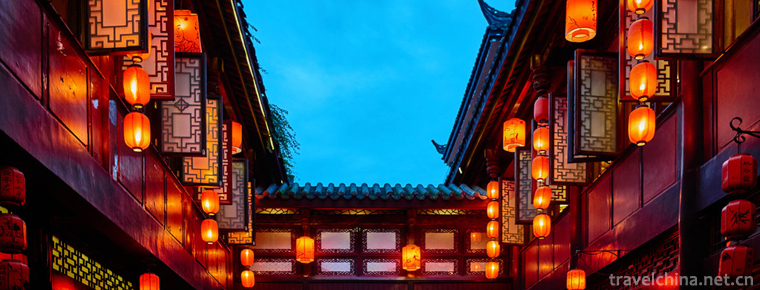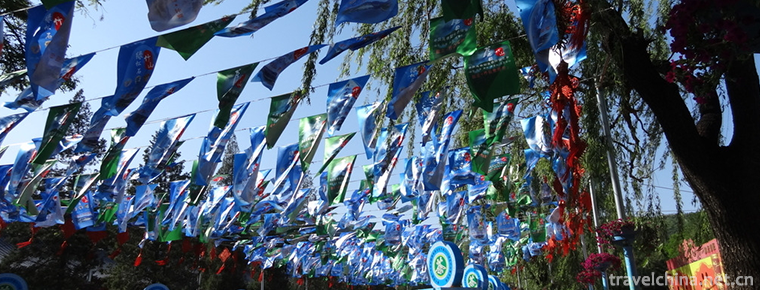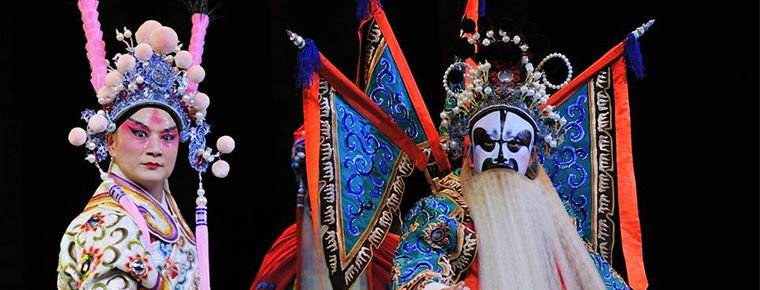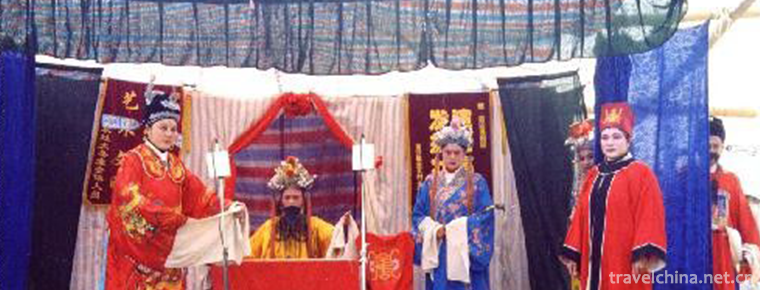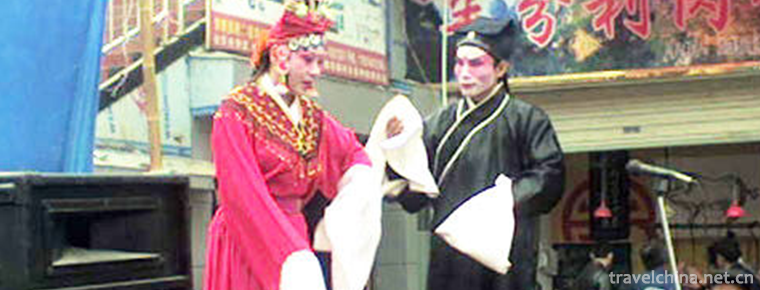Eight treasures fragrant glutinous rice
Eight treasures fragrant glutinous rice
Babao Xiangnuo is a famous dish in Zhejiang Province. It is cooked with glutinous rice as its main ingredient. It has the characteristics of soft glutinous rice and fragrant teeth.
Menu name
Eight treasures fragrant glutinous rice
Subordinate cuisine
Making raw materials for Zhejiang cuisine
One and a half cups of black glutinous rice, 10 dried mango jujubes, 100 grams of flour, 2 tablespoons of fresh lily, 5 black jujubes, 2 tablespoons of crispy pine nuts, 2 tablespoons of crispy walnut kernels, 7-8 beanskin, 2 pieces of high-flavor spices, 1/2 cups of 100 wine, 1 cup of clear water, 1 cup of peanut powder and 2 tablespoons of sesame salt
Making process
1. Put the jujube and black jujube in a small bowl and steamed for 15 minutes with medium and small heat, then peel and dice them. Rinse the lily head and tail petals by petals, and reserve them with the jujube. 2. The washed black glutinous rice is cooked in an electric pot with Changchun wine, sugar and water until soft and ready. 3. Steamed black glutinous rice is stirred vigorously in the same direction for 5-6 minutes while it is hot. When the black glutinous rice is sticky, sprinkle dried fruits and chopped dices and mix well. 4. Sushi uses bamboo curtain to spread a half-moon-shaped bean skin, spread the mixed eight-treasure glutinous rice thin on the bean skin and roll it into barrels; mix flour paste to seal the opening. 5. Put oil into the pan and heat it over medium heat to 6 minutes. Deep-fry the waxy rolls until golden. Deep-fry the waxy rolls over high heat for about half a minute, then extinguish the remaining oil. 6. Drain the oil from the sweet glutinous roll and cut it into 1. Five centimeters thick, small segments, dipped in peanut powder or sesame salt edible.
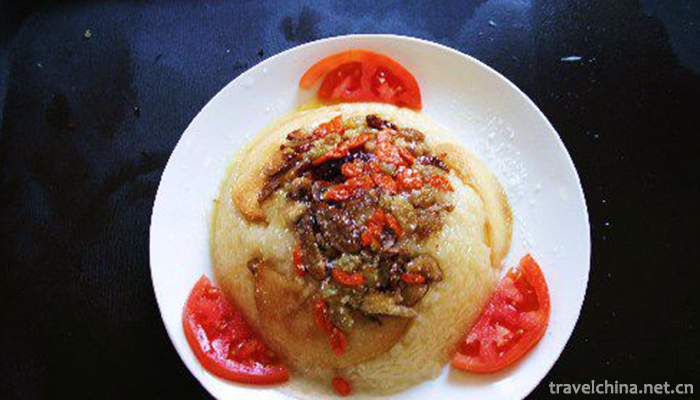
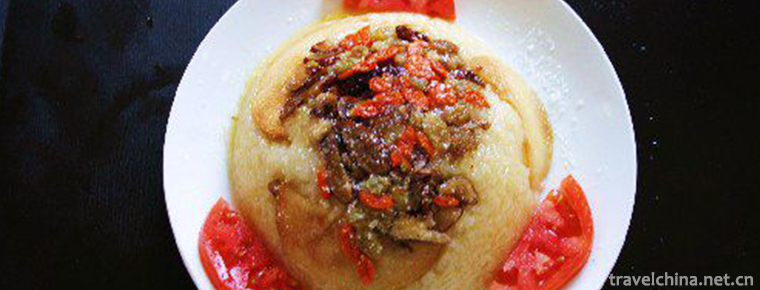
Eight treasures fragrant glutinous rice
-
Jinli Street
Address:No. 231, Wuhou Temple street, Chengdu, Sichuan,China
Views: 160 Time 2018-09-29 -
Badachu Park
Located at the south foot of Beijing's famous Xishan scenic spot, Badadu Park is a national AAAA-level scenic spot. It is the first batch of key cultural relics protection units in Beijing after the f
Views: 137 Time 2018-12-24 -
Iron Coal Steam Locomotive Museum
Tiaobingshan Steam Locomotive Museum, formerly known as Iron Coal Steam Locomotive Museum. National AAAA-level scenic spots and national industrial tourism demonstration sites
Views: 230 Time 2019-02-22 -
Turn over to the nine floor
The Ninth Floor, also known as the Ninth Floor, is a traditional folk activity popular in northeastern Fujian and southern Zhejiang. It is mostly used in rituals such
Views: 326 Time 2019-04-29 -
Anhui Opera
Hui Opera, one of the local operas in Anhui Province of China, originally known as "Hui Diao" and "Erhuang Diao", originated in the Ming Dynasty and was named Hui Opera after 1949.
Views: 229 Time 2019-05-04 -
Childrens play
Tongzi Opera is a form of performance in folk prayer activities in Jiangsu Province. It is popular in Nantong City of Jiangsu Province and in the central and western parts of Tongzhou City and its sur
Views: 213 Time 2019-06-23 -
Yuhang Rolling Lamp
Yuhang Rolling Lamp is a kind of Han folk dance which combines athletics, martial arts and dance. It is made of bamboo pieces of large sphere as the main props, in the center of the sphere of bamboo k
Views: 165 Time 2019-07-14 -
Zhangjiajie Yangxi Opera
Zhangjiajie Yangxi Opera originated in the middle of Qing Dynasty and has a history of more than 300 years. It belongs to Beilu Yangxi Opera. The singing feature is the singing method of "golden
Views: 134 Time 2019-07-16 -
Daheishan Forest Park
Daheishan Forest Park is located in Wuben Township, Renhe District, Panzhihua City, Sichuan Province. From the center of Panzhihua bingcaogang River Panshan 58 kilometers, through Guaziping, Lanjian mine and Wuben township.
Views: 87 Time 2020-10-15 -
Leshan population
By the end of 2018, the total number of household registration in Leshan was 1 million 269 thousand and 500, and the household registration population was 3 million 506 thousand and 800. Among them, 1 million 290 thousand and 600 were urban household registration
Views: 401 Time 2020-12-17 -
Nanchongs tertiary industry
In 2019, investment in real estate development in Nanchong will increase by 23.6% compared with that in 2018. The construction area of commercial housing was 31.8726 million square meters, an increase of 23.5% over that in 2018, of which the newly started
Views: 396 Time 2020-12-17 -
Guangan bus
In the main urban area of Guang'an City, there are not only urban buses directly to Deng Xiaoping's hometown scenic spot, Shenlong mountain Ba Ren stone city, Siyuan square, but also one-day tour through bus to Huaying Mountain, baoz
Views: 324 Time 2020-12-19
